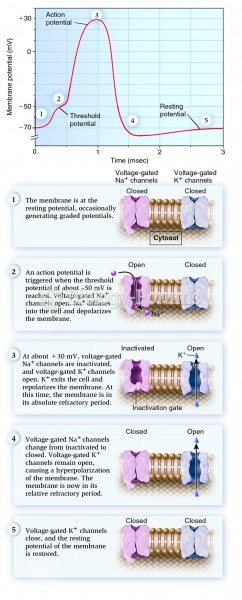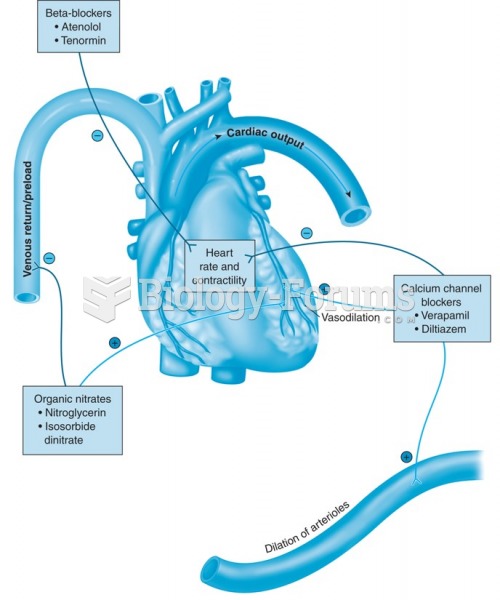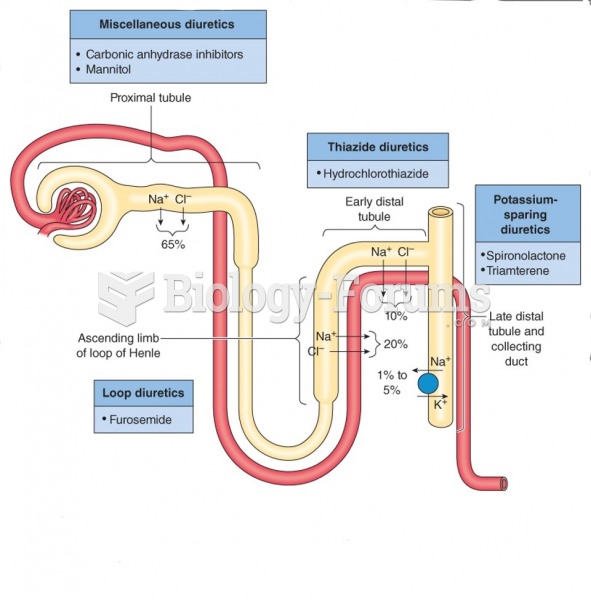Answer to Question 1
Correct Answer: 4
Rationale 1: Pentoxifylline does not dissolve clots.
Rationale 2: Pentoxifylline does not increase platelet production.
Rationale 3: Pentoxifylline does not increase fibrin production.
Rationale 4: Pentoxifylline acts on red blood cells to decrease their viscosity, increasing their flexibility and allowing them to enter vessels that are partially occluded and prevent thrombi formation.
Global Rationale: Pentoxifylline acts on red blood cells to decrease their viscosity, increasing their flexibility and allowing them to enter vessels that are partially occluded and prevent thrombi formation. Pentoxifylline does not dissolve clots, increase platelet production, or increase fibrin production.
Answer to Question 2
Correct Answer: 1,2,4
Rationale 1: Family and clients can be taught to give subcutaneous injections at home.
Rationale 2: Lovenox is used to prevent DVTs. The nurse should observe for the development of DVTs.
Rationale 3: Lovenox is a low-molecular-weight heparin (LMWH), and does not require multiple lab tests.
Rationale 4: Although Lovenox is more predictable than are other anticoagulants and has fewer adverse effects, bleeding is still a possibility.
Rationale 5: Lovenox is generally administered once daily, and administration time is not tied to mealtimes.
Global Rationale: Family and clients can be taught to give subcutaneous injections at home. Lovenox is used to prevent DVTs. The nurse should observe for the development of DVTs. Although Lovenox is more predictable than are other anticoagulants and has fewer adverse effects, bleeding is still a possibility. Lovenox is a low-molecular-weight heparin (LMWH), and does not require multiple lab tests. Lovenox is generally administered once daily, and administration time is not tied to mealtimes.







